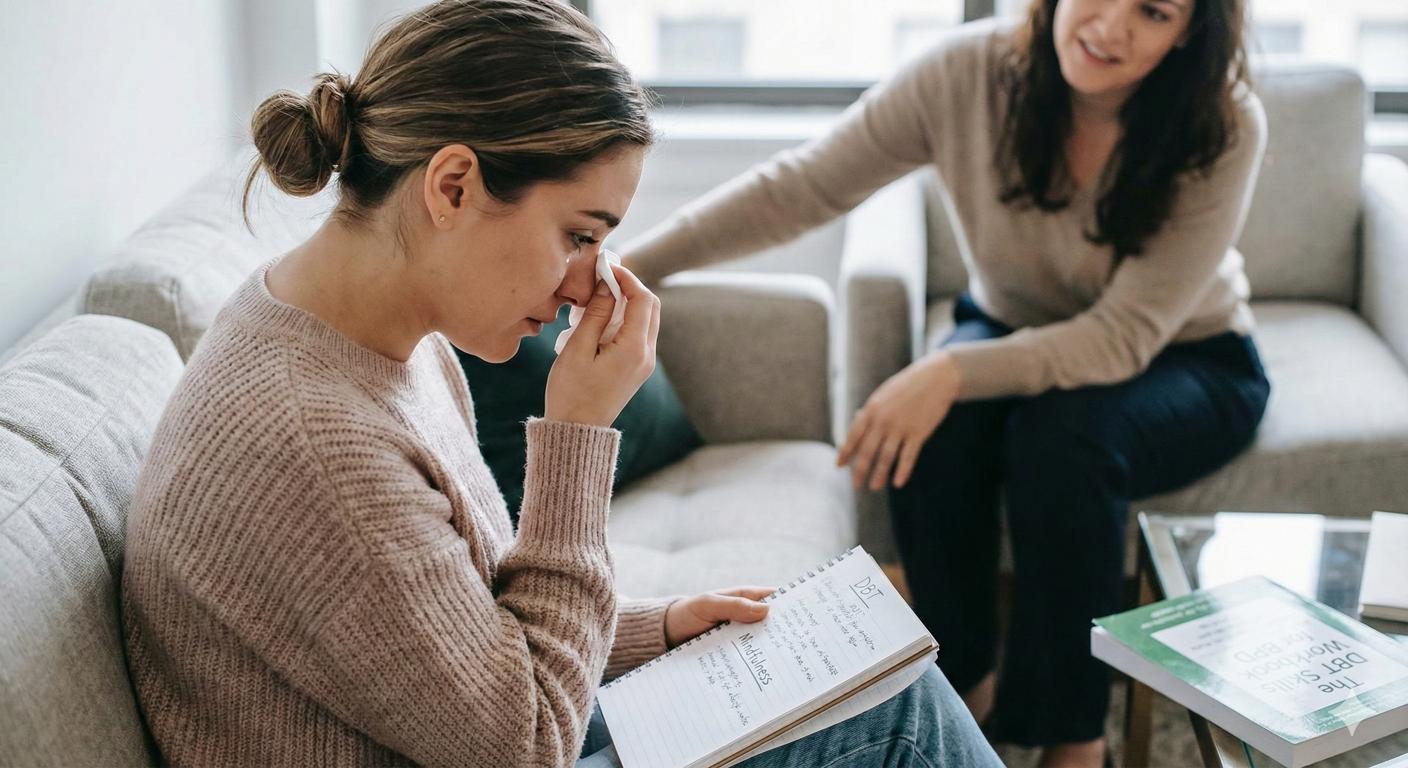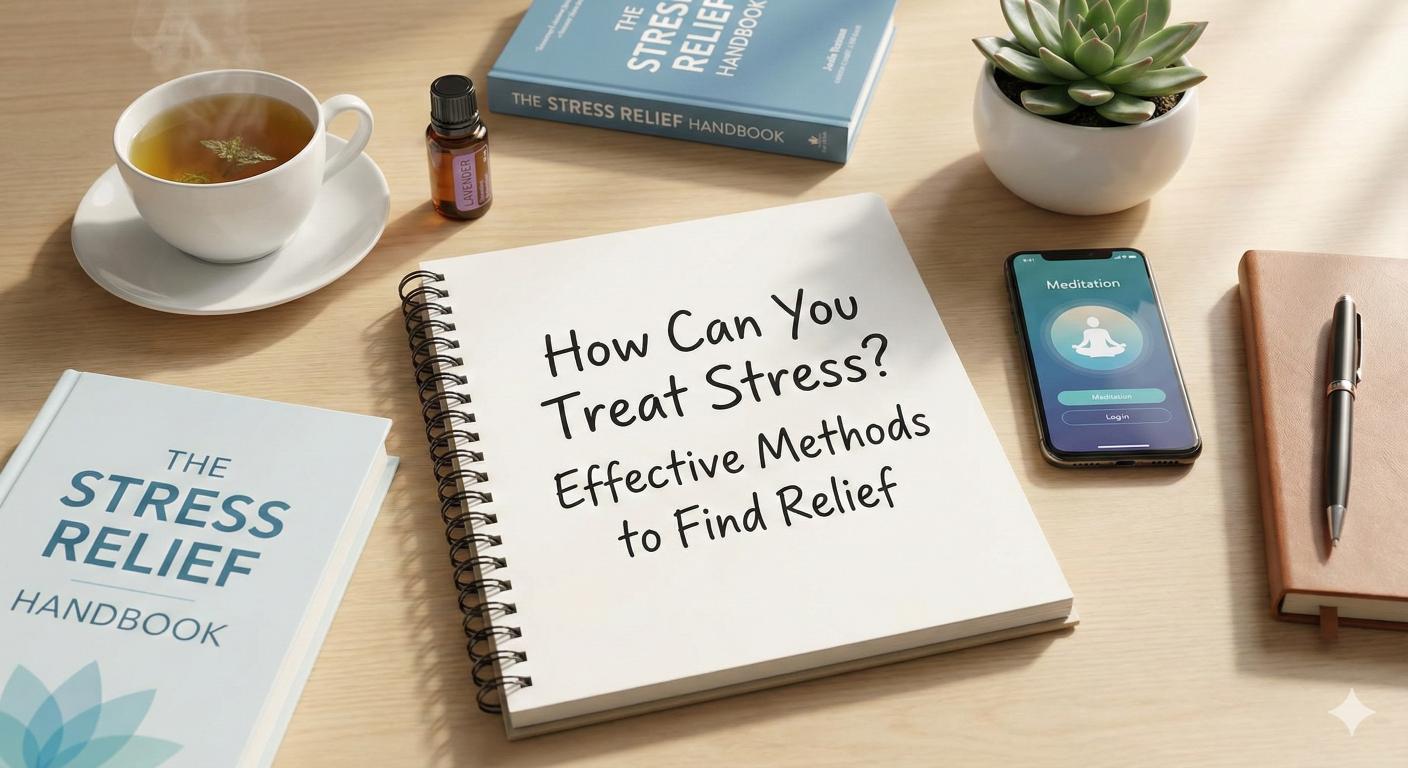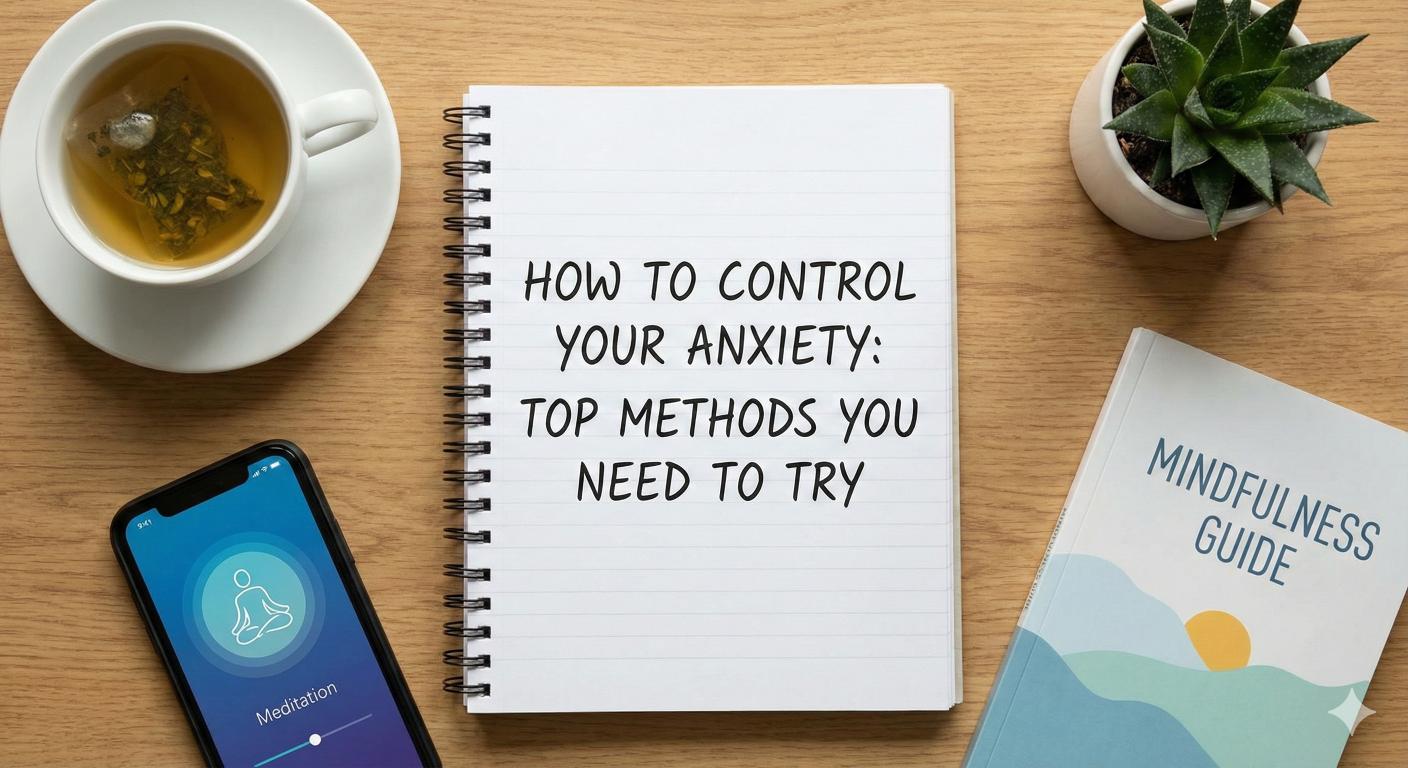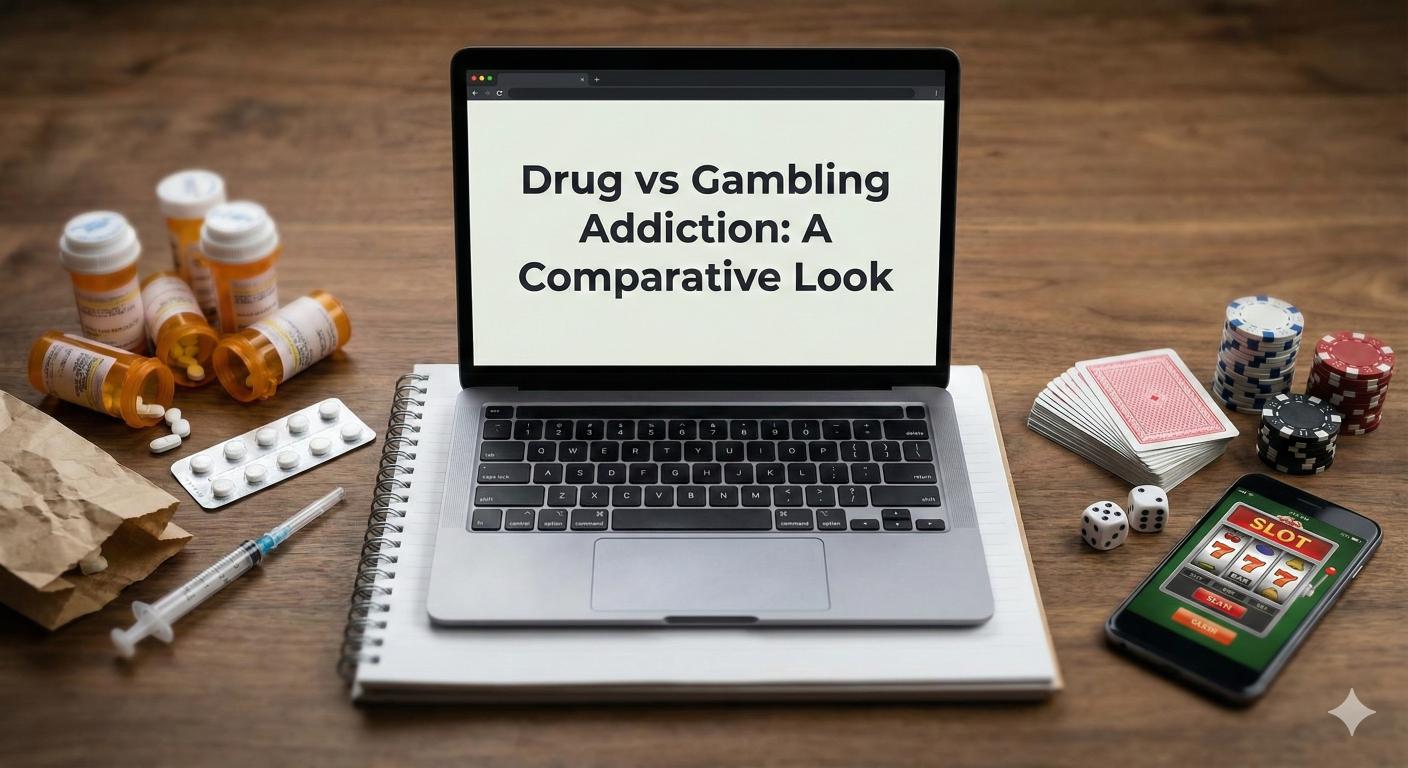Cognitive Behavioral Therapy (CBT) for Anxiety Disorders
Discover how cognitive-behavioral therapy (CBT) for anxiety disorders can help combat anxiety demons effectively.

Understanding CBT for Anxiety
Cognitive-behavioral therapy (CBT) is a well-established therapeutic approach aimed at treating various mental health disorders, particularly anxiety-related issues. This section will cover the basics of CBT and its effectiveness and scope in addressing anxiety disorders.

Basics of Cognitive-Behavioral Therapy
Cognitive-behavioral therapy is a form of psychotherapy that focuses on the interplay between thoughts, feelings, and behaviors. It operates on the premise that negative thought patterns contribute to emotional distress and maladaptive behaviors, which can lead to anxiety disorders. By identifying and altering these cognitive distortions, individuals can learn healthier coping mechanisms.
CBT is structured and goal-oriented, making it suitable for both individuals and groups. Therapeutic sessions typically involve skills training that emphasizes understanding distorted thinking, and participants are often assigned homework to practice skills outside of therapy. More than 2,000 evidence-based studies support the effectiveness of CBT, highlighting its reputation as one of the most widely used psychotherapeutic methods [1].
Effectiveness and Scope
CBT has demonstrated high effectiveness in treating a wide range of anxiety disorders, including:
Anxiety DisorderEffectivenessPosttraumatic Stress Disorder (PTSD)Effective in reducing intrusive symptomsObsessive-Compulsive Disorder (OCD)Helps manage compulsions and obsessionsPanic DisorderReduces panic attacks and fears associatedGeneralized Anxiety Disorder (GAD)Alleviates excessive worrySocial Anxiety DisorderEnhances coping strategies in social situationsSpecific PhobiasReduces fear response through exposure techniques
CBT can be effectively implemented in various settings, including primary care, which has shown to improve self-reported anxiety and depression symptoms throughout the treatment process [2]. Short-term CBT approaches have resulted in significant improvements for individuals experiencing anxiety disorders, underscoring the therapy's versatility and applicability [2].
In summary, cognitive-behavioral therapy stands out as a robust treatment option for managing anxiety disorders. Its structured approach allows individuals to address thoughts and behaviors contributing to their anxiety, leading to healthier coping mechanisms and overall improved mental health. For those seeking further understanding of anxiety, exploring what is anxiety? understanding the basics and the physical symptoms of anxiety explained may be beneficial. Additionally, for aspects related to sleep disturbances associated with anxiety, see anxiety and sleep: breaking the cycle of sleepless nights and for natural management options, refer to natural remedies for managing anxiety.

Components of CBT
Cognitive-behavioral therapy (CBT) for anxiety disorders consists of various components that work together to address the cognitive and behavioral aspects of anxiety. This section focuses on cognitive interventions and behavioral strategies that are essential parts of the CBT framework.
Cognitive Interventions
Cognitive interventions are a fundamental aspect of CBT aimed at promoting more adaptive thinking. These interventions help individuals identify and change distorted thought patterns that contribute to anxiety. Techniques such as cognitive restructuring and behavioral experiments are employed to challenge negatively biased cognitive distortions that are frequently associated with anxiety disorders [3].
Key Techniques in Cognitive Interventions:
TechniqueDescriptionCognitive RestructuringInvolves identifying negative thoughts, assessing their validity, and replacing them with positive alternatives.Challenging Maladaptive ThoughtsEncourages individuals to question their anxious thoughts and examine the evidence supporting or refuting these thoughts.
Cognitive techniques are routinely used in treating various anxiety disorders, including social anxiety disorder, generalized anxiety disorder, specific phobias, panic disorder, and post-traumatic stress disorder [4]. The focus of these interventions is to alleviate distress by helping individuals adjust their thought processes.
Behavioral Strategies
Behavioral strategies in CBT focus on modifying behaviors that contribute to anxiety. These strategies aim to encourage positive behavior changes while reducing avoidance and other maladaptive behaviors associated with anxiety.
Common Behavioral Strategies:
StrategyPurposeExposure TherapyGradually exposes individuals to feared situations in a controlled manner to reduce anxiety over time.Behavioral ActivationEncourages engagement in positive activities to combat avoidance behaviors and improve mood.Skill TrainingTeaches coping skills to manage anxiety symptoms effectively and handle stressful situations.
By implementing these behavioral strategies, individuals can actively work toward overcoming their anxiety. The combined effect of cognitive interventions and behavioral strategies forms a holistic approach to tackle anxiety disorders, aiming to foster healthier thinking patterns and behaviors. For more information on anxiety, visit our article on what is anxiety? understanding the basics.

Types of Exposure Therapy
Exposure therapy is a central component of cognitive-behavioral therapy (CBT) for anxiety disorders. It focuses on reducing pathological fear responses by confronting feared stimuli. This section examines the three main types of exposure therapy: imaginal exposure, in vivo exposure, and interoceptive exposure.
Imaginal Exposure
Imaginal exposure involves the patient vividly imagining their feared situations or stimuli. This technique helps to confront fears in a controlled environment. By repeatedly visualizing these scenarios, individuals can begin to process and reframe their fear responses. Research indicates that exposure-based techniques modify fear structures, leading to decreased fear and anxiety.
Key Features of Imaginal ExposureConfronts fears through imaginationProvides corrective informationHelps reframe fearful thoughts
In Vivo Exposure
In vivo exposure requires patients to face real-life situations that trigger their anxiety. This approach strips away avoidance behaviors, enabling individuals to confront their fears directly. Over time, repeated exposure can lead to a reduction in anxiety and fear response during these situations [3].
Key Features of In Vivo ExposureInvolves actual confrontation of fearsEliminates avoidance behaviorsPromotes desensitization over time
Interoceptive Exposure
Interoceptive exposure is an innovative technique that focuses on physical sensations associated with anxiety. It involves deliberately inducing these sensations (such as increased heart rate or shortness of breath) in a safe environment. This method helps patients learn that these sensations are not harmful, significantly reducing the anticipatory anxiety related to them [3].
Key Features of Interoceptive ExposureFocuses on physical sensations tied to anxietyInduces sensations in a safe settingDecreases fear of bodily symptoms over time
Through these exposure therapy techniques, individuals can effectively confront and manage their anxiety symptoms. Incorporating exposure therapy into CBT offers a structured path towards overcoming anxiety disorders, fostering resilience and a sense of control. For more information on anxiety and its effects, visit our articles on what is anxiety? understanding the basics and the physical symptoms of anxiety explained.

Cognitive Techniques for Anxiety
Cognitive techniques are integral components in the application of cognitive-behavioral therapy (CBT) for anxiety disorders. Two primary strategies utilized in this approach are cognitive restructuring and challenging maladaptive thoughts.
Cognitive Restructuring
Cognitive restructuring is a foundational technique within CBT aimed at identifying and modifying cognitive distortions that contribute to anxiety disorders such as social anxiety disorder, generalized anxiety disorder, and panic disorder. This method helps individuals recognize and change irrational or negative beliefs, allowing for healthier thought patterns.
The process of cognitive restructuring typically involves several steps:
This technique, along with behavioral experiments, promotes more adaptive thinking and helps individuals challenge negatively biased cognitive patterns associated with their anxiety disorders [3].
Challenging Maladaptive Thoughts
Challenging maladaptive thoughts is another critical strategy in cognitive therapy for anxiety. This involves confronting and disputing distorted beliefs that heighten anxiety and stress. Techniques include:
By challenging these distorted thoughts, individuals often find relief from distressing emotional experiences such as those seen in disorders like obsessive-compulsive disorder and post-traumatic stress disorder [4].
Incorporating these cognitive techniques enables individuals to gain better control over their anxiety symptoms and improve their overall emotional well-being. For more information about anxiety, explore our article on what is anxiety? understanding the basics.
Application of CBT for Anxiety Disorders
Cognitive-behavioral therapy (CBT) is an effective method for addressing anxiety disorders, including post-traumatic stress disorder (PTSD) and obsessive-compulsive disorder (OCD). Each disorder may require tailored approaches within the CBT framework.
PTSD and CBT
PTSD can develop after experiencing or witnessing a traumatic event. Cognitive processing therapy (CPT) is one form of CBT that has been shown to significantly reduce PTSD symptoms in both veterans and non-veterans. Research indicates that CPT leads to greater reductions in PTSD symptoms compared to minimal attention control groups and has better outcomes than wait-list or self-help control groups.
Additionally, prolonged exposure therapy (PE) is a central behavioral strategy within CBT for PTSD. This method involves gradually exposing individuals to memories and reminders of the trauma without engaging in avoidance behaviors. Studies have shown that PE results in significant symptom improvements at both post-treatment and follow-up when compared to control groups. However, its effectiveness is similar to that of CPT and eye movement desensitization and reprocessing (EMDR) therapies [4].
Therapy TypeEffectivenessCognitive Processing Therapy (CPT)Greater symptom reduction compared to controlsProlonged Exposure Therapy (PE)Significant improvements in PTSD symptoms
OCD and Cognitive-Behavioral Therapy
Cognitive-behavioral therapy is also a mainstay for treating OCD, focusing on reducing compulsions and intrusive thoughts. The exposure and response prevention (ERP) component of CBT is particularly effective. Through ERP, individuals are exposed to situations that trigger their obsessions and are encouraged to refrain from performing their compulsive rituals.
Evidence indicates that individuals who partake in CBT for OCD report substantial improvements in their anxiety symptoms. According to one study, participants with clinically significant anxiety saw a large effect size for anxiety symptoms and a medium effect size for depressive symptoms after engaging in psychotherapy.
DisorderCBT FocusExpected OutcomesPTSDCognitive Processing Therapy, Prolonged ExposureSignificant reduction in PTSD symptomsOCDExposure and Response PreventionSubstantial improvement in anxiety and compulsive behaviors
CBT has been recognized as a highly beneficial approach for managing various anxiety disorders. For individuals struggling with these conditions, seeking evidence-based therapy options like CBT may lead to lasting improvements in their mental health. For more information on anxiety, visit our page on what is anxiety? understanding the basics.
Enhancing CBT Results
Incorporating additional strategies can enhance the effects of Cognitive-Behavioral Therapy (CBT) for anxiety disorders. Two such strategies are mindfulness techniques and Internet-Delivered CBT.
Mindfulness Techniques
Mindfulness techniques are increasingly utilized as complementary approaches in CBT for anxiety disorders. These techniques focus on reducing emotional dysregulation and reactivity to stressors. Research indicates that mindfulness-based interventions have been shown to be more effective than waitlist and placebo conditions in treating adults with anxiety and trauma disorders [3].
By encouraging individuals to remain present and fully engage with their thoughts and feelings, mindfulness can reduce the overwhelming nature of anxiety. Practicing mindfulness helps individuals observe their thoughts without judgment, allowing them to create space between their reactions and the anxiety-provoking stimuli.
Mindfulness TechniqueDescriptionMindful BreathingFocusing attention on the breath to promote relaxation.Body Scan MeditationProgressively relaxing different parts of the body while observing sensations.Mindfulness MeditationSitting quietly while paying attention to thoughts, feelings, and sensations without distraction.
Internet-Delivered CBT
Internet-Delivered CBT (I-CBT) is another effective method for enhancing the outcomes of traditional CBT for anxiety disorders. I-CBT has proven to be superior to both waitlist and placebo conditions. It shows effectiveness in reducing symptoms of various anxiety disorders, including panic disorder, obsessive-compulsive disorder (OCD), and social anxiety disorder.
The convenience of I-CBT allows individuals to access therapy from the comfort of their homes, offering flexibility in scheduling sessions. I-CBT typically involves online modules that emulate the steps and strategies used in standard CBT, making it an accessible option for those who may be hesitant to seek in-person help.
Advantages of I-CBTExplanationAccessibilityAllows individuals to engage with therapy from home, reducing barriers to access.FlexibilityIndividuals can complete modules at their own pace and choose convenient times for their sessions.Evidence-BasedProven effectiveness in treating various anxiety disorders, maintaining high quality standards of care.
Enhancing CBT results through mindfulness techniques and Internet-Delivered CBT offers promising options for individuals facing anxiety disorders. Exploring these adjunctive methods may facilitate a more comprehensive approach to managing anxiety and improving overall mental well-being. For more information on anxiety, consider reading what is anxiety? understanding the basics and natural remedies for managing anxiety.
References
[2]:
[3]:
[4]:
More Resources
A team ready to start your journey.
Get in touch — today.
We are a safe space – a haven for exceptional individuals to receive discreet, personalized, in-person treatment and care.
.avif)










